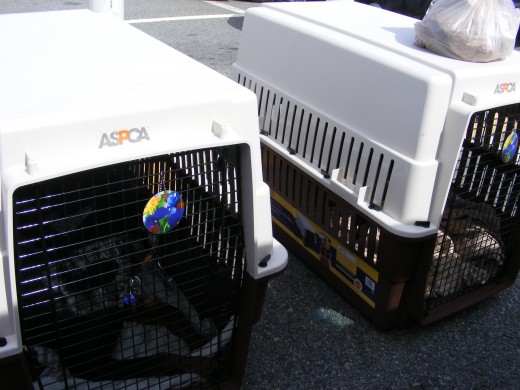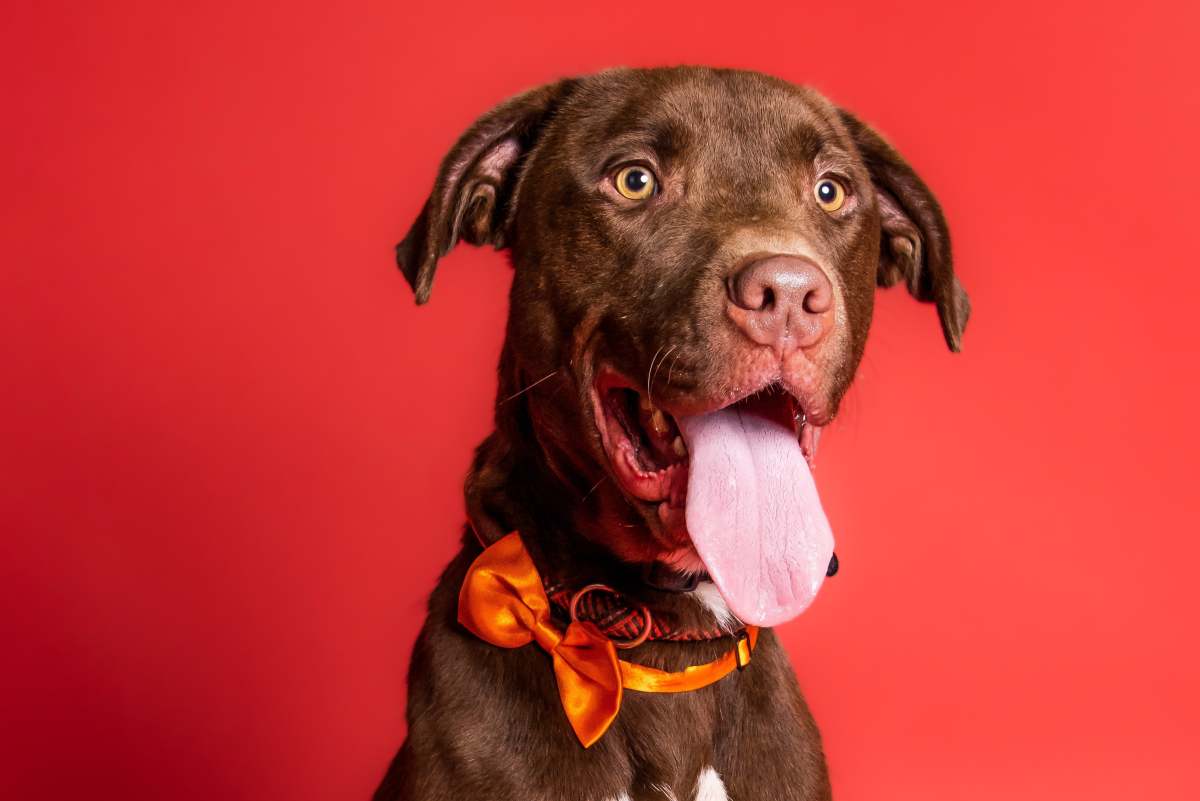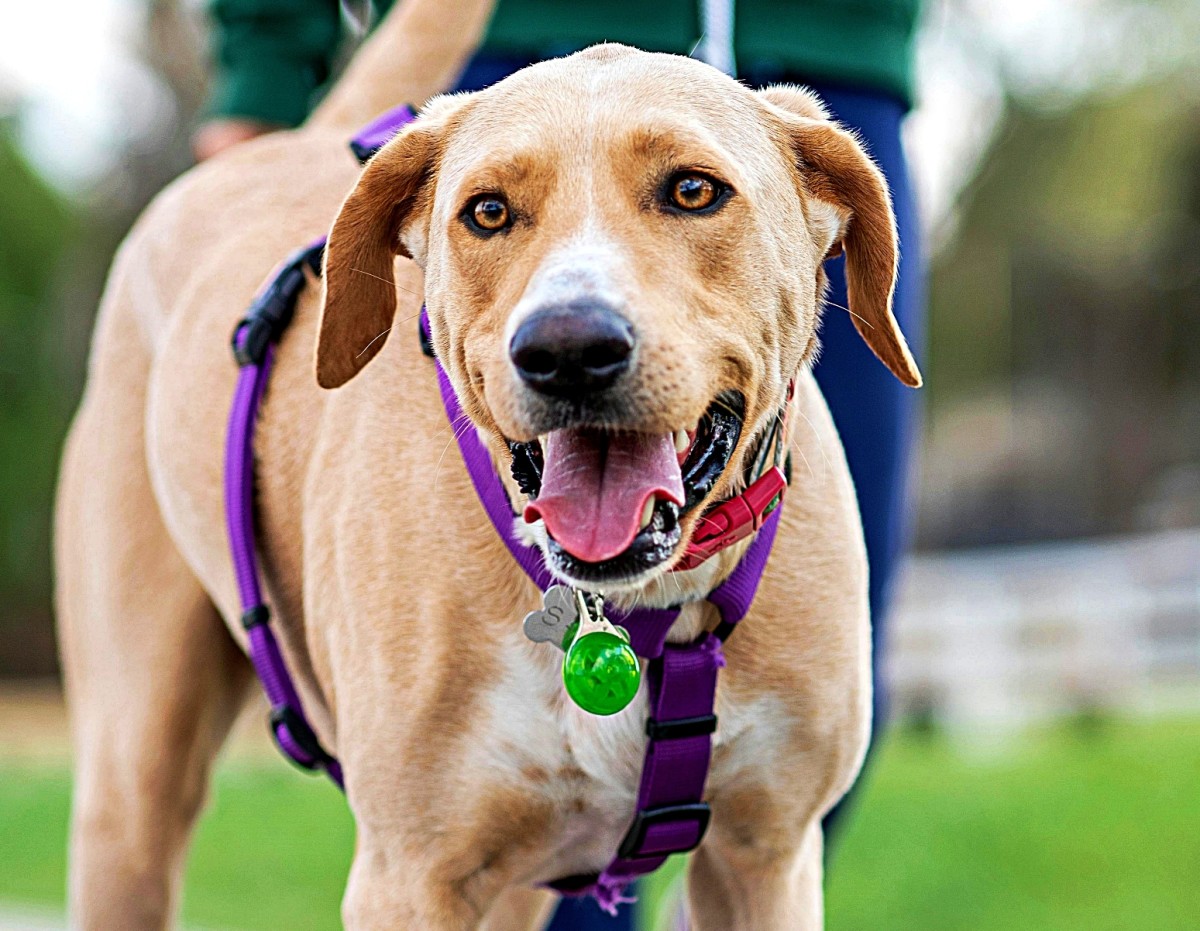Tips for Flying with Your Dog
My Rottweilers getting ready for an overseas trip

Flying with your pit bull or other breed often unjustly labeled as "aggressive?" Your dog now requires a new type of crate. Find out about the new IATA CR82 crate requirements by reading my hub on this topic. Flying with your pit bull, the new crate requirements.
Traveling accessories
As more and more people consider their dog part of the family, the skies get more and more pet friendly. While years ago the idea of flying your pet seemed too complicated to even be considered, nowadays, it has become much easier and hundreds of dogs and cats are flown every day. However, knowledge is power, therefore, if you are not well prepared you may encounter unhappy surprises such as having your dog denied on the flight because of an inappropriate dog carrier or the lack of proper health documentation.
Following are some tips on how to prepare your dog for national or international air travel. In order to avoid surprises you should be prepared at least 1 to two months ahead for national travel and 3 to 4 months ahead for international travel.
1) Study your Destination
While air travel among the United States (except Hawaii) can be easy as a piece of cake, things get quite complicated when traveling across the pond. There are still various places with strict quarantine regulations which can surely discourage the most loving dog owner. Some foreign countries also require microchipping of the pet. In some cases, some countries restrict the entry of aggressive dog breeds. It helps a lot to learn as much as possible about regulations and requirements to avoid any unpleasant surprises.
2) Find a Pet Friendly Airline
Once you know if your country has quarantine, requires microchipping and breed restrictions, it is time to find a pet friendly airline. If you own a small dog many times they may allow your dog in the cabin, if your dog weighs over a certain amount (check with the airline for the weight restrictions) your dog will have to travel in the plane's belly. If you own a brachycephalic dog (dog with pushed in noses like pugs) ask about embargo rules and restrictions. Lists of pet friendly airlines can be found here.
3) Book your flight
Book your flight and make reservations for your pet. Airlines have limited openings for pets and most will give awway these spots on a first come first serve basis usually on the date of departure. In the summer months ask about embargo rules and schedule accordingly. Avoid afternoons and give preference to very early flights or very late flights. In the winter try afternoons.
4) Vaccinate/Microchip
If your cat has not been vaccinated, now is the time. According to Pet Travel.com Rabies vaccinations must be given at least 30 days prior the travel date and not more than 12 months before travel. Some countries want your pet to be microchipped as well.
5) Purchase a Carrier
Carriers for the cabin and carriers for the cargo hold will be different. It may be tricky to find the right carrier as there are several requirements. Carriers must be IATA approved, with proper ventilation and they must have stickers stating '' Live animals''. More information about the correct type of carriers may be found here.
6) Get the Physical
Many health certified need to be done no longer than 10 days prior to travel. International health certificates must be sometimes translated. These certificates simply claim that the pet is free of transmittable diseases and that the pet has all vaccines up to date. An acclimation certificate may be needed stating the temperatures that the pet may withstand.
7) Get Pet Used to Travel
Most likely the dog will have to travel in the car before heading to the so it is best to get the pet used to this. Every day, the pet should be taken on short car rides. If the dog gets motion sick pretty easily, it is best to do this on an empty stomach. The dog carrier should be also be kept near the dog's living areas so the dog gets used to using it and associating it with the home.
8) Consider Embargo
As sad as it is, if you are flying in the summer or in the winter, there are still chances your pet may be denied to fly because of embargo rules. In other words, if it is too hot or too cold in the city of departure and at the city of destination, for safety concerns, your pet may not be allowed to fly. Your vet's acclimatization certificate will state up to what temperatures your dog may be able to travel.
9) Remember Important Details
The date of departure do not forget:
- to bring along all the documents
-to bring along dog food
-to remember to fill the dog's carrier with some water
-to allow your dog to relieve himself prior to departure
10) Leave Early
Many airlines give away cabin and cargo reservations on a first come service. It is vital therefore to arrive early and present your dog to the counter as soon as it opens. This will ensure your dog gets to fly with you and leaves plenty of time to fix unexpected problems.
A special consideration is required about fearful pets. Many owners are concerned about their anxious dogs traveling and may ask their vet for a sedative. Sedatives however, are risky when the dog is at high altitude and therefore should not be given. Most dogs will be anxious at first, but then will eventually relax.
As seen, traveling with your pet may be pretty easy or quite difficult depending on how prepared you are. It is vital therefore, to plan carefully and contact airlines, embassies and other resources just to make sure you meet all the requirements. Peace of mind is priceless, so better be overcautious than under prepared.
*Disclaimer : the above advice is for educational purposes only. Rules and regulations constantly change therefore the reader assumes full responsibility for verifying everything related to traveling with their dog.
- Dog car sickness
You are driving your cute puppy to his first vaccine appointment and as you steer into the vet's driveway you hear your puppy gagging and retching out his morning meal. Your poor baby must have gotten an...










